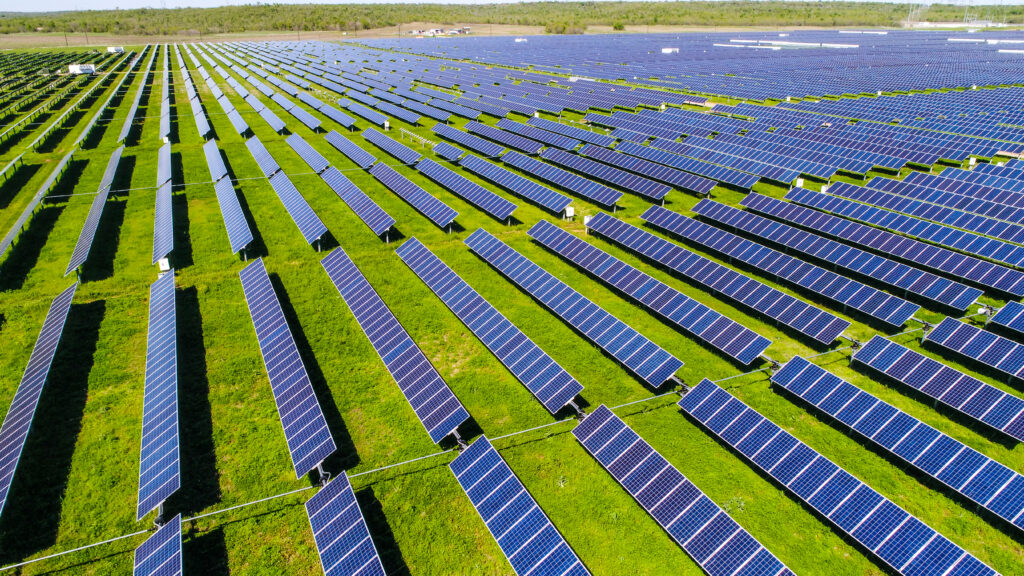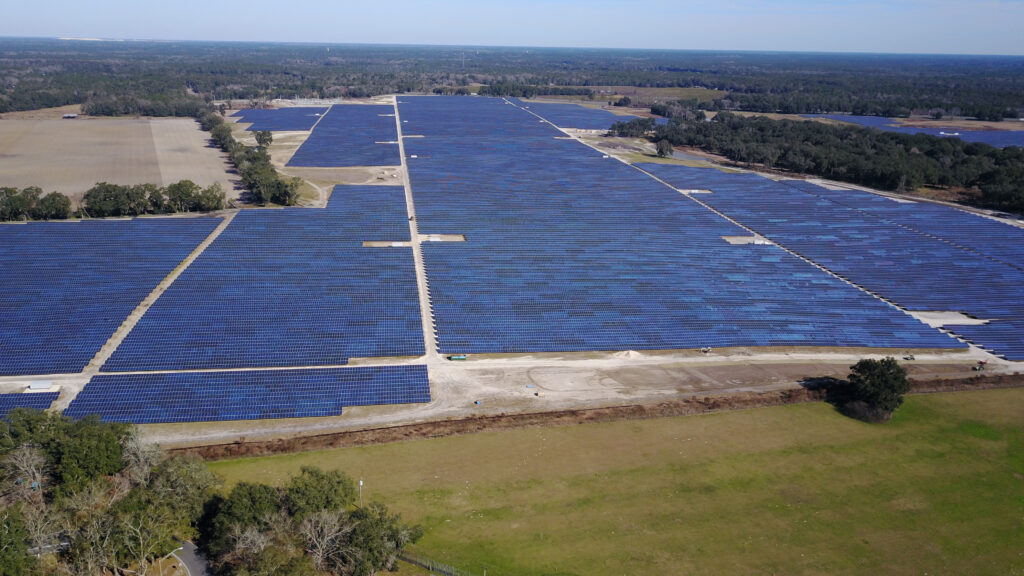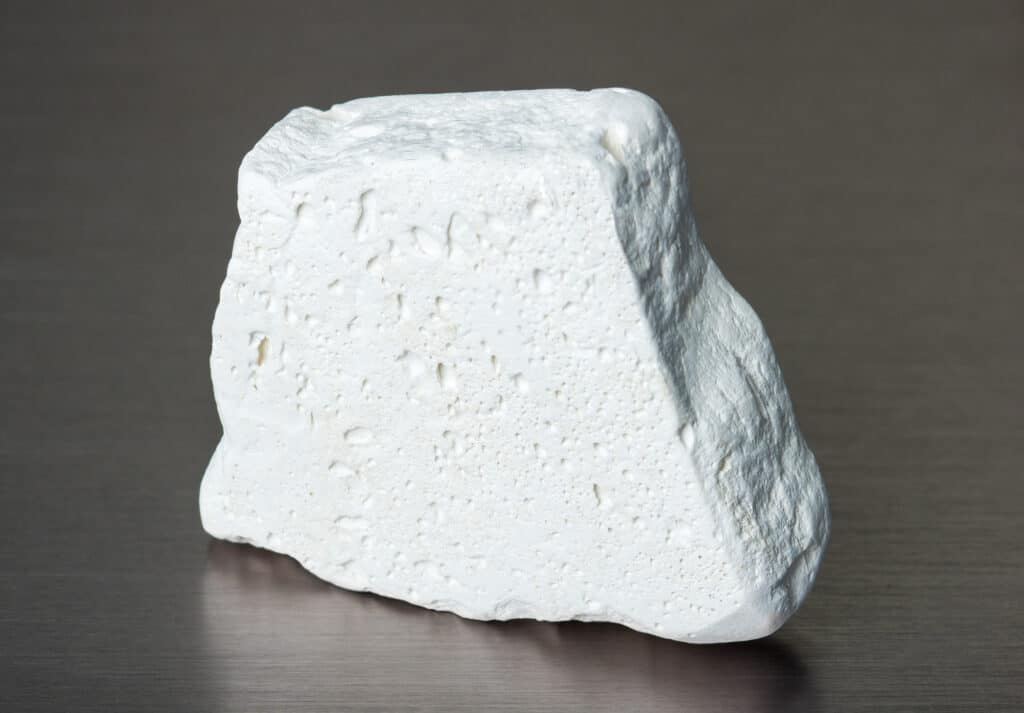Introduction
As the transition to clean, sustainable energy becomes more popular and accessible, many states realize the economic and environmental benefits of focusing on infrastructure such as solar farms. In Georgia, solar farms currently cover about 35,000 acres (55 square miles) of land.
This makes up 0.9 percent of the total Georgia landmass. These solar farms are generally helpful in the fight against climate change and the pull for sustainability.
Their installation in the sandy Georgia soil has also led to erosion and excess runoff. These results divide residents on their stances for clean energy. However, the growth of solar farms in Georgia has helped protect the environment from harmful emissions, bolster the state’s economy, and generate new jobs for its residents. Here is a closer look at the largest solar farm in Georgia.
Let’s study Twiggs Solar and the effect it has had on the community surrounding it.

The growth of solar farms in Georgia has helped protect the environment from harmful emissions, bolster the state’s economy, and generate new jobs for its residents.
©Diyana Dimitrova/Shutterstock.com
What is the Twiggs Solar Farm?
Located near Dry Branch, Georgia, the Twiggs Solar farm was first announced for construction in November of 2018 and was later commissioned in September of 2020. The farm is made up of almost 300,000 photovolatic (PV) solar panels and spans almost 2,000 acres (three square miles).
Costing almost 400 million dollars, the Twiggs Solar Center generates around 450 gigawatts every hour in energy, powering 43 thousand homes and preventing 209,844 tons of carbon dioxide emissions annually. It is the largest free-standing PV solar farm in the southeastern United States, and has made clean energy cheaper and more accessible for many Georgia residents.

Farms like Twiggs Solar Center generates around 450 gigawatts every hour in energy, powering 43 thousand homes and preventing 209,844 tons of carbon dioxide emissions annually.
©Roschetzky Photography/Shutterstock.com
Who Made the Twiggs Solar Farm?
The Twiggs Solar Farm was designed and constructed by the Origis Energy company. Centered in Miami, Florida, the Origis Energy group specializes in sustainable energy.
This includes energy storage, the development of clean hydrogen usage, and of course, solar power. After the company’s founding in 2008, Origis Energy moved from its European headquarters to the United States. Once there, it played a large role in the expansion and popularization of clean energy throughout the country.
Currently, Origis Energy powers over 650 thousand homes and has saved almost four thousand tons of carbon emissions from coal. In addition to its efforts in providing clean energy, the company seeks to better the communities they base its projects in with tax benefits, job creation, and other philanthropic efforts.
They even have a news page on their website about their own and other efforts in the transition to a sustainable future. The corporate company itself only has around 130 employees. Origis Energy has provided numerous new jobs and opportunities for economic development in communities across the world.

Centered in Miami,
Florida
, the Origis Energy group specializes in sustainable energy including energy storage, the development of clean hydrogen usage, and of course, solar power.
©TetKabrit/Shutterstock.com
Life in Twiggs County
Often called the geographic center of Georgia, Twiggs County makes up 360 square miles of the state. It provides easy access to neighboring counties and towns. It is a predominately rural community, with a population of 9,023 as of the 2010 census. The county is located along the Atlantic Ocean’s prehistoric shoreline, called the Fall Line.
Because of this, there is an abundance of a mineral called kaolin in the area. Kaolin acts as an absorptive agent. It is used in many medications for conditions such as dry skin, diarrhea, blood loss, and many more. The presence of this mineral has contributed greatly to the economy of the county. The extraction of the mineral provides jobs in mining, development, and distribution of the resource. Aside from the kaolin industry, most residents of the county work in jobs such as agriculture, forestry, and manufacturing.
Previously occupied by the Creek Native American Tribe, Twiggs County was officially given its name in 1809 as a result of the Treaty of Fort Wilkinson in 1802. Through innovations and projects such as the Twiggs Solar Farm, the county continues to grow economically. With the advance in technologically, also providing more opportunities for jobs and growth in the future.

The county is located along the Atlantic Ocean’s prehistoric shoreline, called the
Fall Line
. Because of this, there is an abundance of a mineral called kaolin in the area.
©iStock.com/A_Pobedimskiy
Wildlife in Twiggs County
In addition to common animals of the forest such as deer, squirrels, and skunks, Twiggs County is home to some interesting creatures. Reptiles like the kingsnake are slithering around the forest floor. Amphibians like the blackbelly salamander swim in the ponds and neighboring ecosystems.
Overhead, birds like the cardinal, crow, wren, and woodpecker circled the ground looking for prey and potential mates. In terms of vegetation, trees like the California sycamore rise above fern plants and the four o’clock flower.
Other growth on the forest floor includes the Caroline horsenettle plant and the American pokeweed. The wildlife in Twiggs County creates an ecosystem of great biodiversity. Discover them in many different environments across the varying geographical features of the area.

The wildlife in Twiggs County creates an ecosystem of great biodiversity.
©Dennis Blum/Shutterstock.com
Where is Twiggs Solar Farm Located on a Map?
Situated in close proximity to Dry Branch, Georgia, the Twiggs Solar farm was initially declared for construction in November 2018 and subsequently commissioned in September 2020. Covering an extensive area of nearly 2,000 acres (equivalent to three square miles), the farm comprises nearly 300,000 photovoltaic (PV) solar panels.
Here is Twiggs Solar Farm on a map:
Conclusion
Twiggs County is a great example of how innovation such as clean energy efforts can transform and evolve a community. While there has been obvious backlash and reluctance to adopt sustainable practices, projects such as the Twiggs Solar Farm have helped. They power many homes for incredibly low costs and better the entire community through the generation of new jobs.
The Origis Energy group’s emphasis on philanthropic efforts is a bonus. The fight for renewable energy is far from over. The resilience of areas like Twiggs County provides a testament to its reliability and benefits.
The photo featured at the top of this post is © DROPERDER/Shutterstock.com
Thank you for reading! Have some feedback for us? Contact the AZ Animals editorial team.






